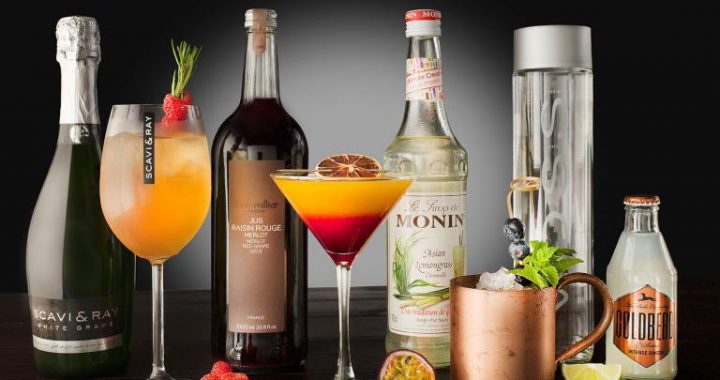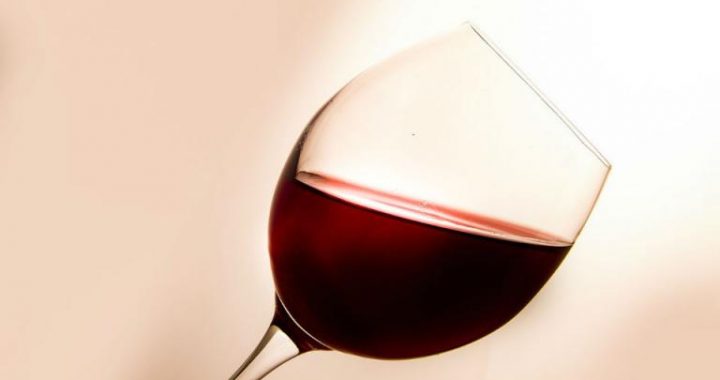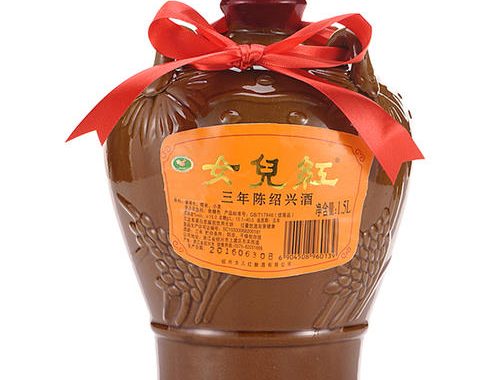Porcelain Wine Vessels
3 min readChina is the first producer of porcelain. In around 16th century B.C., the mid-Shang dynasty already had primitive porcelains, which were developed into real porcelains by the late Eastern Han dynasty. Celadon from Yue kiln, for instance, is porcelain in its real meaning.
Since its creation in the Eastern Han dynasty and through the Three-Kingdom andTwo-Jin period, celadon had developed its own characters in the Southern dynastywith exquisite outlook and shining surface, and became very popular. The chicken-head kettle at this time was different from what it used to be in that it combined utility and decoration together. The belly of the kettle was larger and the original tail was made a round handle. After the Eastern Jin and Northern Wei dynasties, porcelains were featured distinctively in northern and southern China. In the south, porcelains were decorated with lotus patterns, from simple carving to advanced basso-relievo. The celadon zun with lotus pattern unearthed in Fengs’ tomb in Jing county of Hebei is one of the masterpieces.
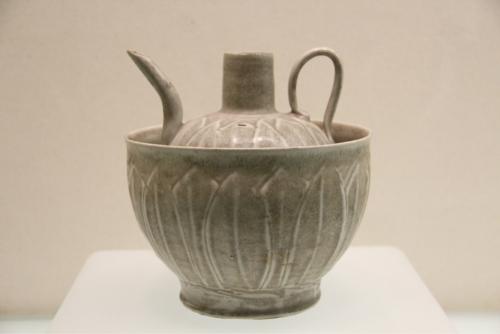
In the Sui and Tang dynasties, wine vessels made of porcelain increased in typesand had various shapes, further improving their artistry and practicability. This led to a splendid variety of porcelain vessels. For instance, the romantic tri-colored pottery, phoenix-head kettle and the dragon-head cup with the bright colorsreflected the prosperity of the Tang dynasty. Celadon from Yuezhou and white glazed porcelain from Xingzhou kiln represent the peak achievement in southern and norther China respectively. In particular, the celadon produced in Yue kiln was so amazing that poet Lu Guimeng once described it this way,”Porcelain of Yue kiln with the transparent glaze won over the jade green from a thousand mountain peaks”. Besides, the porcelain wine vessels made in the mid-Tang dynasty were innovated in their shapes, which resulted to a new vessel for drinking, Jiuzhuzi(similar to today’s wine kettle). It was developed from the chicken-head kettle, where workers made the chicken head empty to hold wine and let the wine go out from kettle mouth. This vessel replaced chicken-head kettle ever since and was adopted by the following dynasties. What matches the Jiuzhuzi was porcelain drinking cups, which were made in various designs in the Tang dynasty. In the Han and Jin dynasties, scholars sang highly of wine in poems and odes. Since then, drinking wine had been an elegant behavior similar to drinking tea, and the appearance of elegant wine vessels laid a solid foundation for its development.
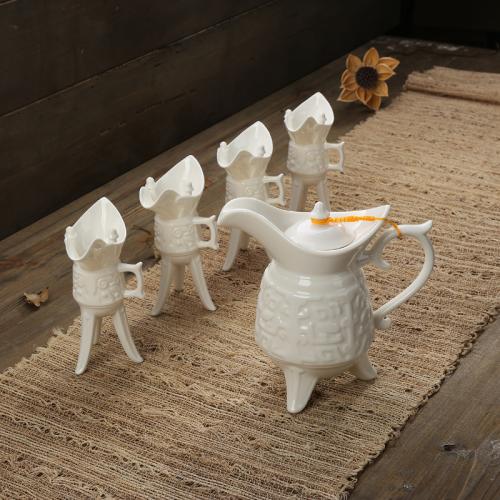
In the Song dynasty, there were five major kilns called Ru kiln, Guan kiln, Ge kiln, Jun kiln, and Ding kiln. Porcelains produced from these kilns have their own characteristics. In the Ming dynasty, the green-white porcelain and Longquan celadon of Jingdezhen also shone with their extraordinary splendor. Wine vessels made in this period were even more exquisite and well-proportioned in shape, varied in design, and stressed the use of a set. The most famous porcelain at that time were Jingdezhen blue and white porcelain, Chenghuadou faience, and Jihong vitreous ename1. The wine vessels of these three porcelains were also famous, many of which had become excellent wine vessels handed down to posterity. Porcelain vessels were further developed in the Qing dynasty but Jingdezhen still took the lead in general.
Wine vessels at this time were divided into two categories; one was in the style of the ancients, the other was with the Qing dynasty features, such as megranate kettle, golden-bell cup, enamel peony cup, and so on.
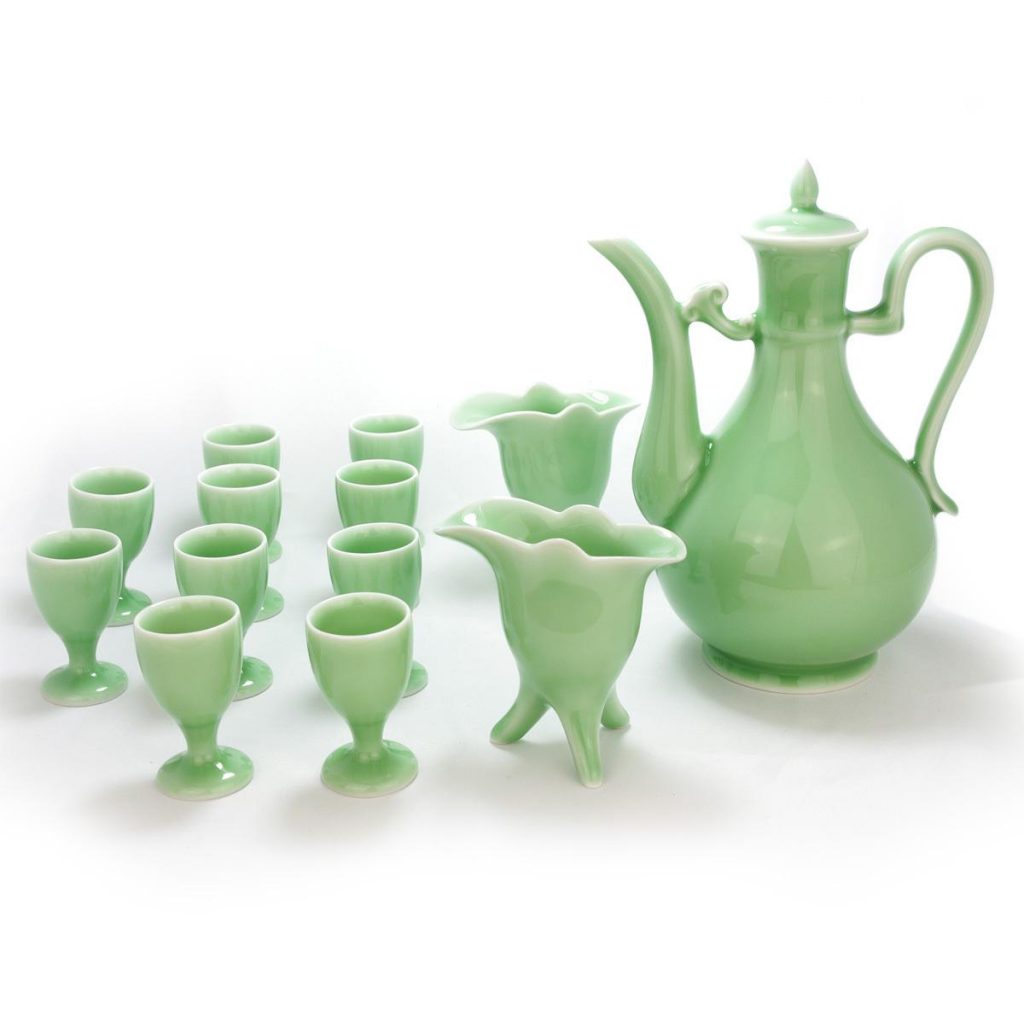
It was from the Ming dynasty that porcelain wine vessels were widely used by common people. Porcelain kilns scattered throughout the nation and produced porcelains in various ways and high quality. They were sold well domestically and abroad, and a large amount of them were wine vessels.
The low cost of porcelain wine vessels and their features of anti-erosion and temperature insensitivity greatly made up the weaknesses of bronze and lacquer andgained popularity in society. They also provided a much broader space for people to make freely artistic processing in shape, painting and carving. Therefore, porcelain wine vessels carry not only artistic conception but also embody with appreciatory.




